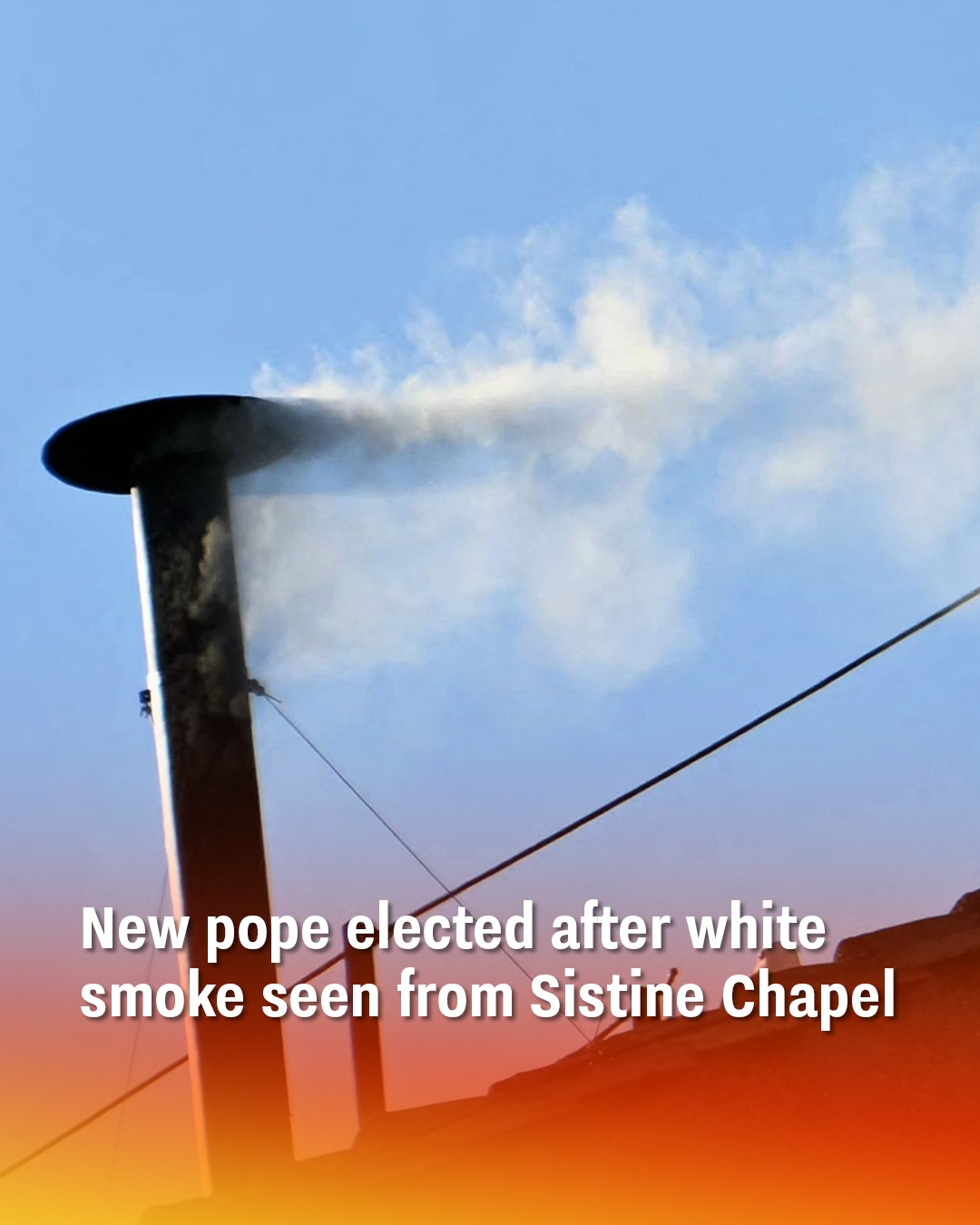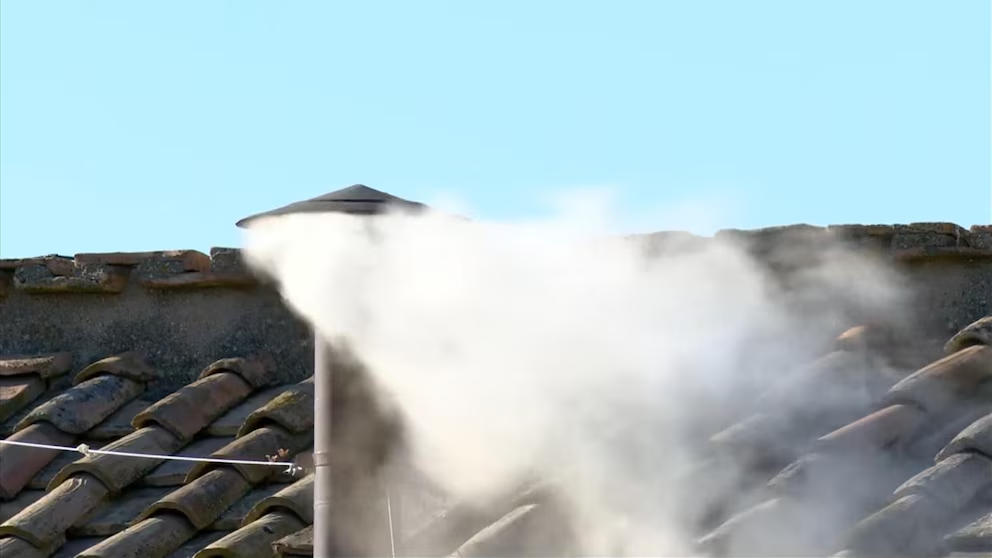
A new pope has officially been chosen following the passing of Pope Francis on Monday, April 21, with white smoke seen rising from the Sistine Chapel, signaling the decision.
It was earlier confirmed that the 88-year-old Bishop of Rome died from a cerebral stroke, which resulted in a coma and irreversible heart failure.
After his death was formally announced, the Church entered a nine-day period of mourning, during which a series of traditional rituals were observed before a successor could be selected.
During this interim phase, known as sede vacante—Latin for “vacant seat”—the Vatican operated without a pope. That vacancy has now been filled.
The election process, referred to as a papal conclave, was carried out by the College of Cardinals. They were required to cast their votes up to four times daily until one candidate achieved the necessary two-thirds majority.
Prominent figures considered likely contenders included Cardinal Pietro Parolin, Cardinal Peter Erdö, Cardinal Luis Antonio Tagle, Cardinal Matteo Zuppi, and Cardinal Raymond Leo Burke.

And according to recent reports, led by PA, the successor to Pope Francis has now been chosen—though the identity of the new pontiff has not yet been made public.
After the white smoke rose into the late afternoon sky at 6:07 p.m., the crowd in St. Peter’s Square erupted in cheers, priests crossed themselves, and nuns cried as they shouted “Viva il papa!”
Robert Prevost, a missionary from Chicago who dedicated his career to ministry in Peru and later led the Vatican’s influential office of bishops, made history as the first U.S. pope in the Catholic Church.
The day after his death, on April 22, Pope Francis’s final will and testament, outlining his last wishes, was released.
In it, he requested a modest burial site “in the ground,” marked only with the inscription “Franciscus”—a tribute to his chosen papal name, inspired by St Francis of Assisi, known for his humility and forward-thinking spirit.
Pope Francis once described St Francis as “the man of poverty, the man of peace, the man who loves and protects creation.”
His final testament, signed on June 29, 2022, reads:
“As I sense the approaching twilight of my earthly life, and with firm hope in eternal life, I wish to set out my final wishes solely regarding the place of my burial.
“Throughout my life, and during my ministry as a priest and bishop, I have always entrusted myself to the Mother of Our Lord, the Blessed Virgin Mary. For this reason, I ask that my mortal remains rest – awaiting the day of the Resurrection – in the Papal Basilica of Saint Mary Major.

“I wish my final earthly journey to end precisely in this ancient Marian sanctuary, where I would always stop to pray at the beginning and end of every Apostolic Journey, confidently entrusting my intentions to the Immaculate Mother, and giving thanks for her gentle and maternal care.
“I ask that my tomb be prepared in the burial niche in the side aisle between the Pauline Chapel (Chapel of the Salus Populi Romani) and the Sforza Chapel of the Basilica, as shown in the attached plan.
“The tomb should be in the ground; simple, without particular ornamentation, bearing only the inscription: Franciscus.
“The cost of preparing the burial will be covered by a sum provided by a benefactor, which I have arranged to be transferred to the Papal Basilica of Saint Mary Major.
“I have given the necessary instructions regarding this to Cardinal Rolandas Makrickas, Extraordinary Commissioner of the Liberian Basilica.
“May the Lord grant a fitting reward to all those who have loved me and who continue to pray for me.
“The suffering that has marked the final part of my life, I offer to the Lord, for peace in the world and for fraternity among peoples.”